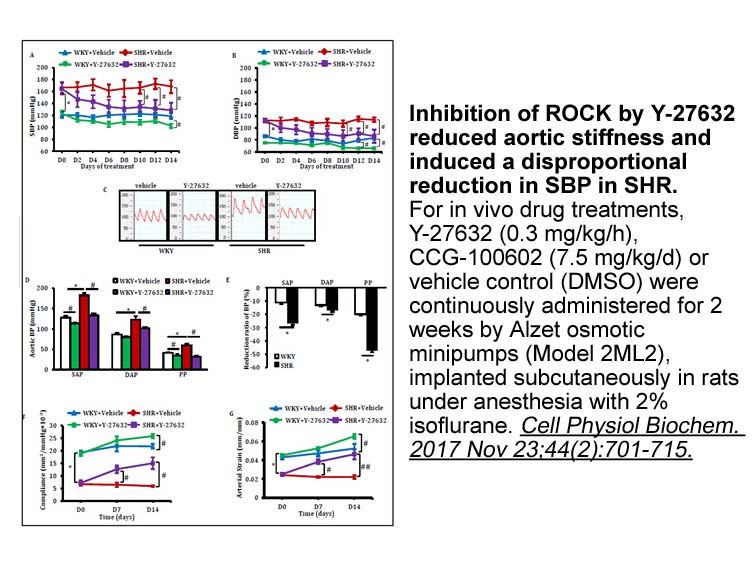Archives
Many theories have tried to ascertain
Many theories have tried to ascertain the cause of the phonological deficit in dyslexia. One group of theories holds that it stems from a more basic auditory processing deficit (Chandrasekaran et al., 2009; Tallal, 1980; Vandermosten et al., 2010). According to one prominent auditory processing deficit theory, children with dyslexia are impaired in tracking amplitude rise time cues (ART) in the auditory signal (Goswami et al., 2002). ART refers to the time from the onset of an acoustic stimulus to its maximum amplitude. Accurate perception of ART will lead to accurate perception of auditory rhythm. Speech rhythm assists the listener in segmenting the syllable into onset (the word initial phoneme) and rime (phonemes that follow the onset). Therefore if subtle differences in ART are not perceived, it will lead to deficits in the acquisition of phonological skills as the segmentation of speech into distinct phonological units is impaired (Goswami et al., 2002).
Many behavioural studies have shown a deficit in the processing of ART in children with dyslexia. Goswami et al. (2011) compared the discrimination of a phonetic minimal pair (/ba/versus/wa/) when the prostaglandin receptor was based on ART differences between/ba/and/wa/versus when it is based on differences between/ba/and/wa/in the rise time of the first and second formants (F1, F2, formant rise time; FRT). They showed that children with dyslexia were superior to control children in discrimination based on FRT cues, but impaired in discrimination based on ART cues. ART thresholds were also a significant predictor of phonological skills in these children. They concluded that the development of phonological skills in dyslexia is affected by insensitivity to ART cues. Richardson et al. (2004) also found that children with dyslexia are less sensitive to ART. Similar findings have been obtained in languages other than English (Finnish: Hämäläinen et al., 2005, Hungarian: Surányi et al., 2009; French: Muneaux et al., 2004). However, this cross-linguistic evidence is not conclusive as Hämäläinen et al. (2009) and Georgiou et al. (2010) did not find any difference between children with dyslexia and typically reading children on their sensitivity to ART.
Behavioural studies of auditory processing have the disadvantage that performance is affected by non-auditory factors such as attention and motivation, so some of the discrepancies in previous studies could be explained by such factors. Neurophysiological measures such as mismatch negativity (MMN) provide an alternative. MMN is an event related potential (ERP) component that reflects the early stages of change detection in the auditory system. The MMN is elicited by any discriminable change in a repetitive sequence of sounds, or by a sound violating an abstract rule or regularity in the preceding auditory context (Näätänen et al., 1978, 2001). In a simple MMN paradigm an infrequent stimulus (deviant) is presented among a series of repeatedly presented stimuli (standard). The MMN is represented by a negative peak (between 100 and 250ms in adults) in the difference waveform between the ERPs to deviants and ERPs to the standards. MMN is a result of a pre-attentive memory based comparison process in which each incoming sound is compared with the memory trace formed by the preceding sounds. If the features of the incoming sound (frequency, amplitude, etc.) do not match the memory trace, the MMN is generated. The MMN has been widely used in studies investigating auditory and speech perception in normal and clinical populations (for reviews see Näätänen et al., 2007, 2012). In infants and young children the difference waveform between standards and deviants shows a positive peak (rather than a negative peak) and this is referred to as mismatch response (MMR) (Cheng et al., 2013; Dehaene-Lambertz and Baillet, 1998; Ruhnau et al., 2013). Neural maturation is h ypothesised to account for the polarity change of the mismatch response over age (He et al., 2007; Trainor et al., 2003). The polarity change also depends on the discriminability between the standard and deviant stimuli with easy to discriminate contrasts maturing earlier compared to more difficult contrasts (Cheng et al., 2015; Maurer et al., 2003; Morr et al., 2002).
ypothesised to account for the polarity change of the mismatch response over age (He et al., 2007; Trainor et al., 2003). The polarity change also depends on the discriminability between the standard and deviant stimuli with easy to discriminate contrasts maturing earlier compared to more difficult contrasts (Cheng et al., 2015; Maurer et al., 2003; Morr et al., 2002).